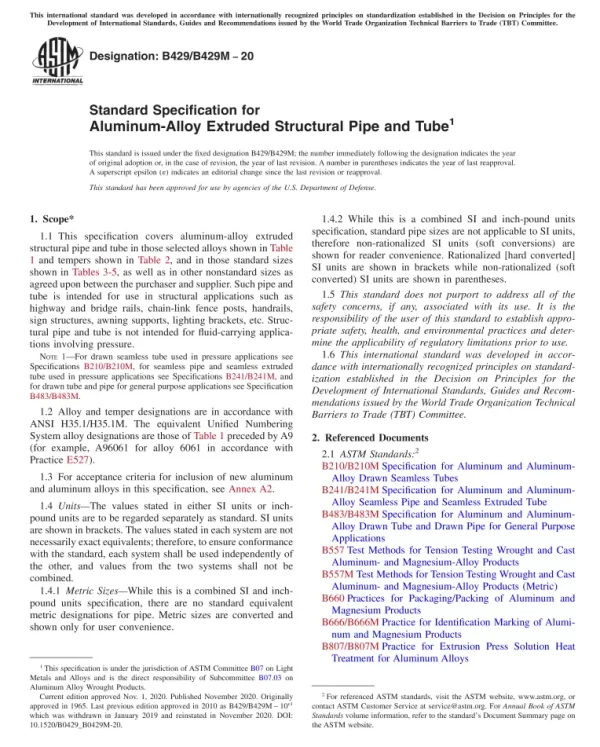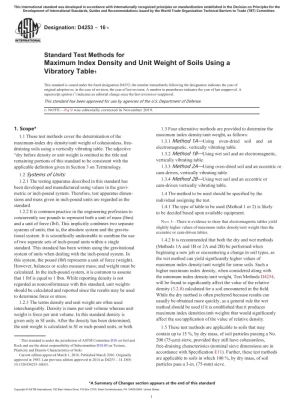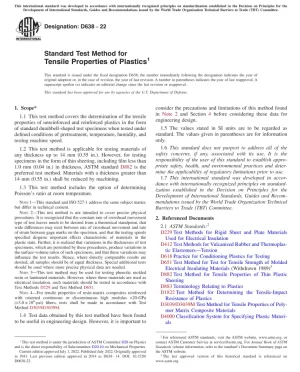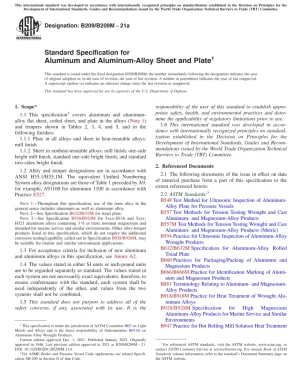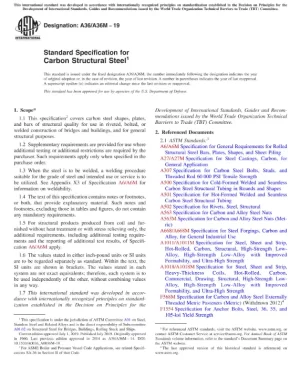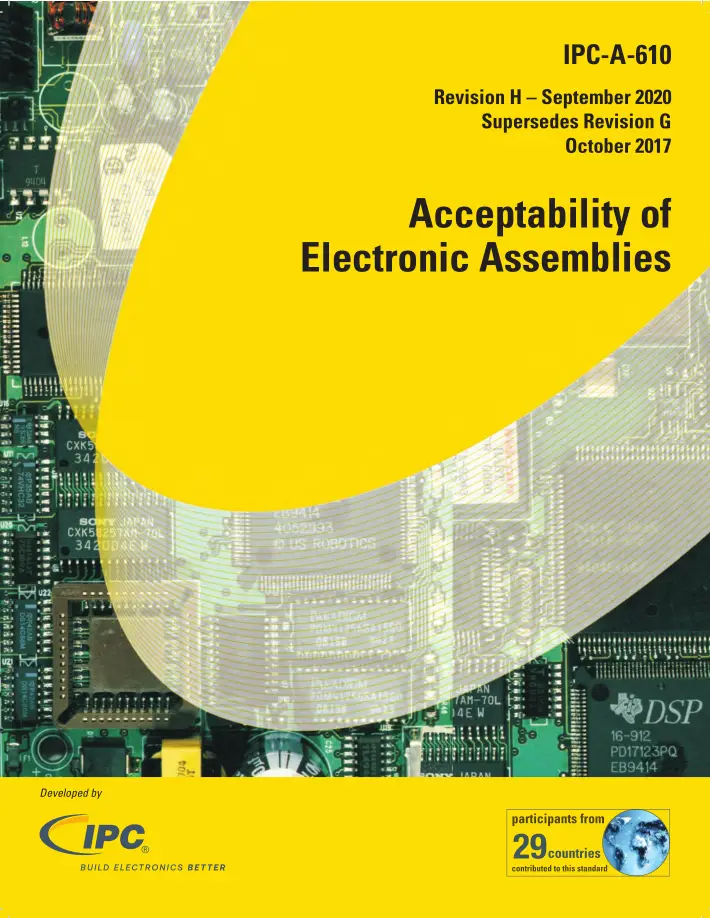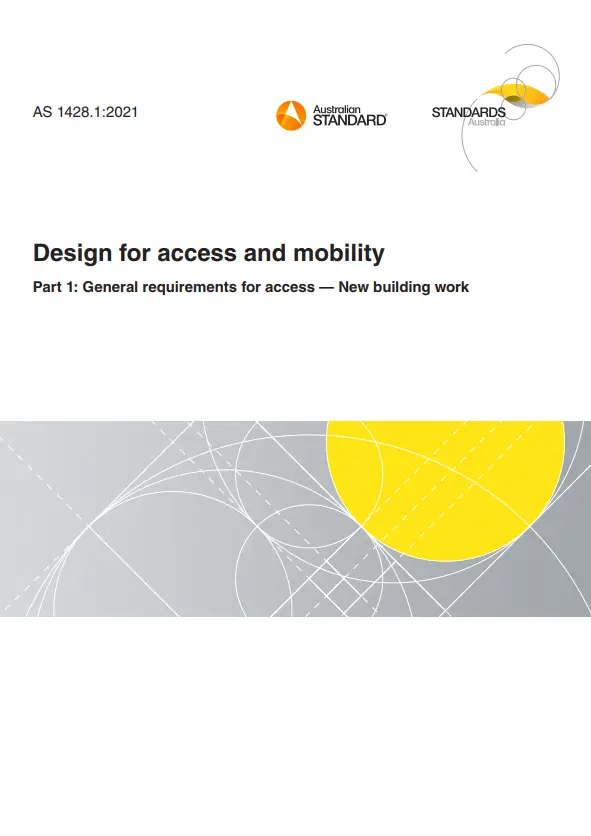ASTM B429/B429M, 2020 Edition – Aluminum-Alloy Extruded Structural Pipe and Tube
ASTM B429 covers aluminum-alloy extruded structural pipe and tube in those selected alloys shown in Table 1 and tempers shown in Table 2, and in those standard sizes shown in Tables 3-5, as well as in other nonstandard sizes as agreed upon between the purchaser and supplier. Such pipe and tube is intended for use in structural applications such as highway and bridge rails, chain-link fence posts, handrails, sign structures, awning supports, lighting brackets, etc. Structural pipe and tube is not intended for fluid-carrying applications involving pressure. NOTE 1—For drawn seamless tube used in pressure applications see Specifications ASTM B210/B210M, for seamless pipe and seamless extruded tube used in pressure applications see Specifications ASTM B241/B241M, and for drawn tube and pipe for general purpose applications see Specification ASTM B483/B483M.
Alloy and temper designations are in accordance with ANSI H35.1/H35.1M. The equivalent Unified Numbering System alloy designations are those of Table 1 preceded by A9 (for example, A96061 for alloy 6061 in accordance with Practice ASTM E527).
For acceptance criteria for inclusion of new aluminum and aluminum alloys in this specification, see Annex A2.
Units—The values stated in either SI units or inch-pound units are to be regarded separately as standard. SI units are shown in brackets. The values stated in each system are not necessarily exact equivalents; therefore, to ensure conformance with the standard, each system shall be used independently of the other, and values from the two systems shall not be combined.
Metric Sizes—While this is a combined SI and inch-pound units specification, there are no standard equivalent metric designations for pipe. Metric sizes are converted and shown only for user convenience.
While this is a combined SI and inch-pound units specification, standard pipe sizes are not applicable to SI units, therefore non-rationalized SI units (soft conversions) are shown for reader convenience. Rationalized [hard converted] SI units are shown in brackets while non-rationalized (soft converted) SI units are shown in parentheses.
This standard does not purport to address all of the safety concerns, if any, associated with its use. It is the responsibility of the user of this standard to establish appropriate safety, health, and environmental practices and determine the applicability of regulatory limitations prior to use.
This international standard was developed in accordance with internationally recognized principles on standardization established in the Decision on Principles for the Development of International Standards, Guides and Recommendations issued by the World Trade Organization Technical Barriers to Trade (TBT) Committee.
General Product Information:
| Revision | 2020 Edition |
| Document Type | |
| Document Language | English |
| Pages | 11 |
| Publisher | ASTM International (ASTM) |
| Status | Current |

